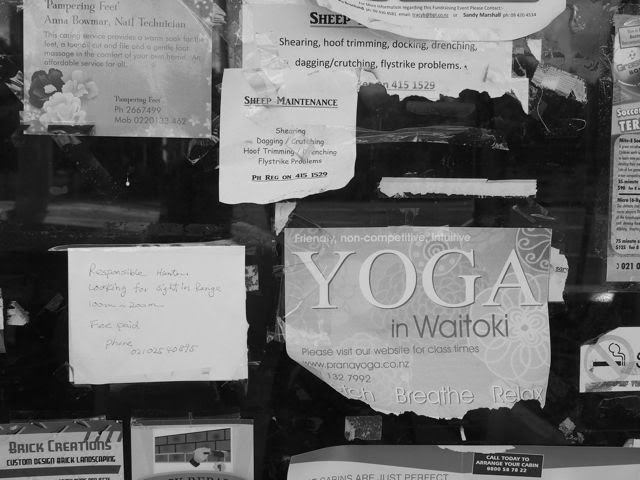 |
| Sisters |
 |
| D. Nemeth and Son |
It's all about the people on this side of the world. You leave your boat in Turkey, and aside from occasionally checking to see that the country is still in one piece, you don't think about it, you don't look back. You can't. That's another world, one which the people you've come home to see have only a passing interest in. You turn your attention to them fully, because they are why you are here. You have such a short time to enjoy them.
 |
| Hot shot in the top pocket |
 |
| Mike vs Sam |
 |
| Madi, Pops and Freddy |
 |
| Baby Nemeth aka Louis |
 |
| Mike plays lead guitar |
 |
| Luchi, France and Pops (and iPhone) |
 |
| The afternoon sun chair - Puds and her animals |
 |
| Robyn |
 |
| Robyn and Bridget |
 |
| Mike |
Many boating types who cruise the Mediterranean flip-flop between home and away for years on end. At the end of October, or thereabouts, they put their boat up on the hard and fly out to whatever country they call home. Some keep a city apartment they can walk back into, or they have friends with a spare room or grown children who welcome their help with grandchildren, or perhaps they spend three months ski-ing in Canada or Colorado (that happens). They have constructed an off-season life, in other words.
 |
| The owl which flew past Pops' nose - all photos above at Tawharanui |
We don't operate like this. The boat is our only home at the moment so the trip back to see our family, particularly the mob in Sydney, was potentially a bit fraught. We were ridiculously grateful to our cruising friends Ian and Cathy for allowing us the run of Villa Cook while they popped over to Japan to give their skis and knees a workout on the snow fields. Not only did we have our own (vast) space in which to entertain the gang but it came without city noise (if you don't count the dawn cackle of kookaburras) and with views of water and water craft to turn a real estate agent's head quite dizzy. Do you know how comforting it is to a boat person to wake up to the glint of sun on sea?
 |
| The moorings below Villa Cook |
 |
| Saturday lunch |
Then across to New Zealand, a summer run we're very familiar with. I tell myself I can do without the annual top-up, but when I'm here, I know I can't - not easily anyway.
 |
| Tawharanui - Anchor Bay |
 |
| Fallen puriri tree |
 |
| Pops |
In past years, when this trip was all about giving the children their dose of family, beach and tribal comfort, I counted each day and there were never enough before I had to be back at work. Now the children are at work in Sydney (bar the one whose work will always be with her), and we count the days until we are back with them.
 |
| A. Nemeth and grandson |
For now, we listen to the crackle of cicadas and the soft curling tide at the beach where I've been spending summer holidays for close to 50 years. Such continuity is a miracle of sorts in this part of the world.
 |
| The beach |
 |
| The beach house (luxury camping) |
 |
| Not thinking about the boat |




























































